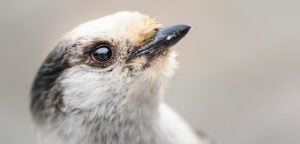Waterfowl species using coastal marine and freshwater environments in Atlantic Canada are exposed to and ingesting plastic and metal debris, a study has found.
The study, which was published in the journal Marine Pollution Bulletin, is “the first report of ingested plastic and metal in American black ducks and mallards.”
Researchers collected 148 American black ducks, mallards and common eider from Nova Scotia, the Bay of Fundy, Prince Edward Island and Newfoundland; debris was found in half the mallards, 9.2 per cent of the black ducks and 4.2 per cent of the eiders.
Plastic was found in the stomachs of 46.1 per cent (6/13) of mallards and 6.9 per cent (6/87) of black ducks, while 2.1 per cent (1/48) of eider stomachs contained plastic.
Metal, meanwhile, was found in the stomachs of 30.8 per cent (4/13) of mallards, 2.3 per cent (2/87) of black ducks, and in 2.1 per cent (1/48) of eiders.
“It’s fairly common in marine birds, but we really didn’t expect to see this in ducks,” researcher Mark Mallory, Canada Research Chair in coastal wetland ecosystems and associate professor at Acadia University, told the CBC. “We’re talking about species that are being harvested by people, both indigenous people and sport hunters.”
Mallory told the CBC that the “bigger surprise” was discovering pieces of metal in addition to the pieces of plastic. He told the broadcaster that researchers determined the small pieces found in the birds’ gizzards were not lead or steel shot, but that it was unclear where the metal came from.
Mallory told the CBC that he study signals that pollution is becoming a more pervasive problem for birds in Atlantic Canada, adding that there may need to be more screening to determine the extent and severity of the problem.






